Sharjah gains a new graphic design biennial set inside a former 1970s abandoned bank
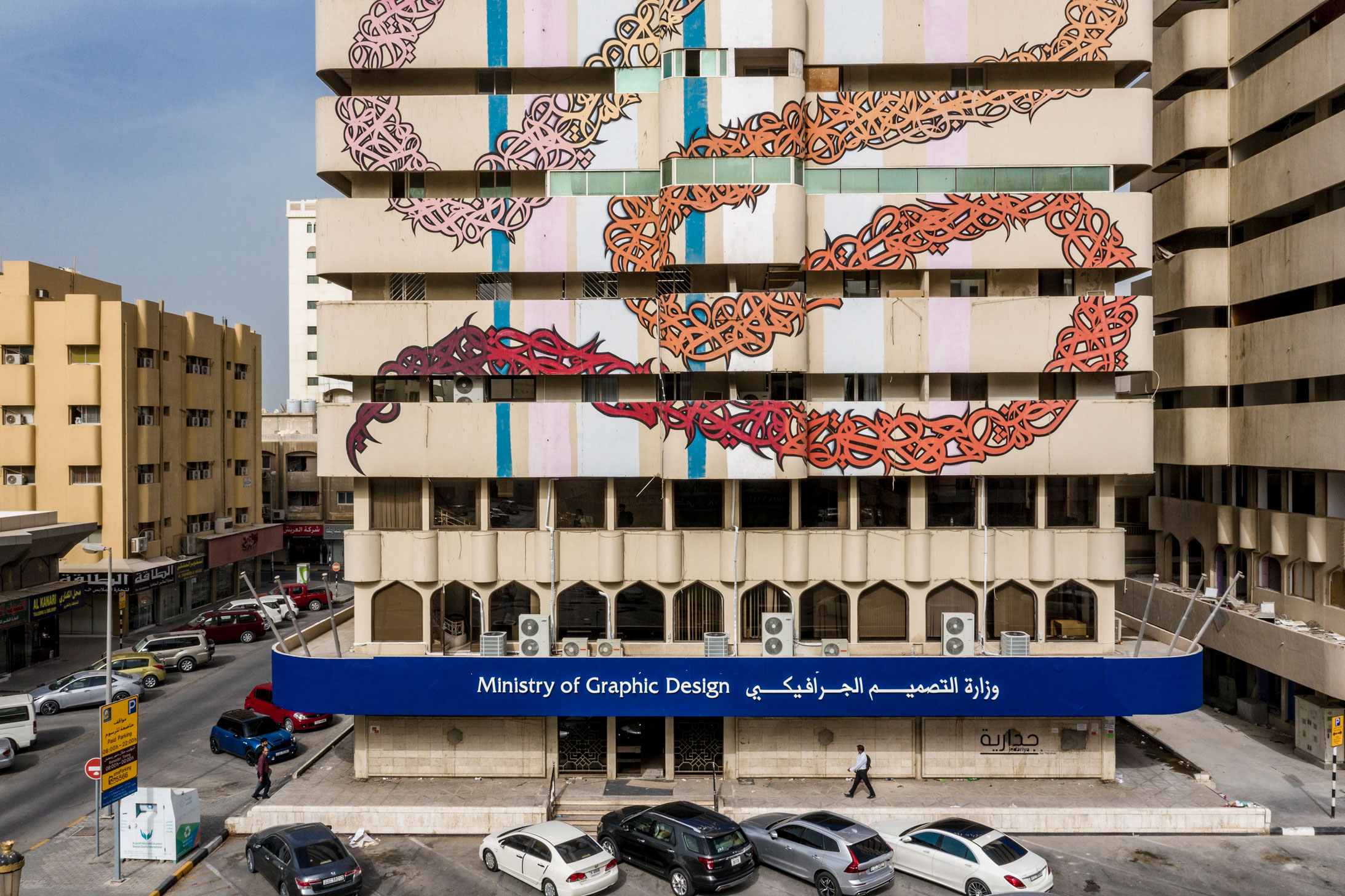
Standing in the middle of a strip of crumbling 1970s building blocks in Sharjah, the UAE city’s former bank building is currently seeing out what could be its last days. The authorities plan to have it demolished as the seafront area is cleared to make way for a new restoration project that promises to reinstate the city’s historic quarter. However, a temporary but ground-breaking Fikra Graphic Design Biennial hosted by local graphic design studio and education platform, Fikra, may just see its fate reversed.
For the next month, and potentially longer, the derelict building is playing host to the work of over 40 designers from 20 countries which is currently arranged across five of the building’s floors. With an interior overhaul courtesy of Dubai-based T.ZED Architects, the bank building has been transformed into a fictional Ministry of Graphic Design with rooms organized by six themes defined as departments. These imaginary offices include the Department of Graphic Optimism, The Department of Dematerialising Language and The Department of Mapping Margins.

Inside the abandoned former Bank of Sharjah
Clearly signposted with sober gold plaques, the departments nod to the building’s own administrative past as a bank as well as some of the country’s real life governmental departments – the UAE has Ministers of State for happiness and an Office of the Future.
Despite the pop-up institution’s tongue-in-cheek approach, its exhibitors have some serious points to make. The show seeks to educate visitors on the history of graphic design in the region and demonstrate its importance; in the UAE, graphic design has not always been recognised as a profession.
‘This is work that looks at graphic design as a discipline but it's also using graphic design to look at the world at large,’ explains artistic director Emily Smith who worked alongside fellow artistic directors Prem Krishnamurthy, Emily Smith and Na Kim to help Fikra founders Salem and Maryam Al-Qassimi bring the exhibition into existence.

Graphics from the Department of Flying Saucers
‘It's important to us to look at the way that design, as a tool in its critical interdisciplinary perspective, can think about urgent narratives and how to respond to what’s happening right now,’ she continues.
Beyond graphic design, the organisers are hoping that the Fikra Graphic Design Biennial’s success will help to persuade local authorities and developers to rethink how historical architecture can be restored and repurposed in the city and wider region. Restoration of architecture is almost never practiced in the UAE, where space is not in short supply and permission to build is easy to come by.
‘I think that there’s a very serious conversation to be had about how we can actually improve the quality of cities,’ comments Tarik Al Zaharna, founder of T.ZED architects. ‘If you need a new space or you need an architecture to host something it’s always easier in a developing country to build it from scratch.’
‘But actually that’s not where the interesting programme happens,’ he continues. ‘The interesting moments and the moments that you can actually build on to create a very interesting narrative are actually to look back and reuse what you already have.’

The derelict bank building is situated amongst a strip of crumbling 1970s building blocks

In the Department of Graphic Optimism, the early work of Sharjah-born designer Hisham Al Madhloum is on show

Made during the 1980s and early 90s, the work shows a period where the self-taught Al Madhloum was forging an unprecedented path for the discipline from within the local art scene

As a reflection of fashion’s current penchant for streetwear, Cheb Moha designed a long-sleeve t-shirt spanning 2.4 metres accompanied by a detailed phot essay. The shirt is designed to be worn by multiple people at once, to bring people together in an unfamiliar yet intimate way
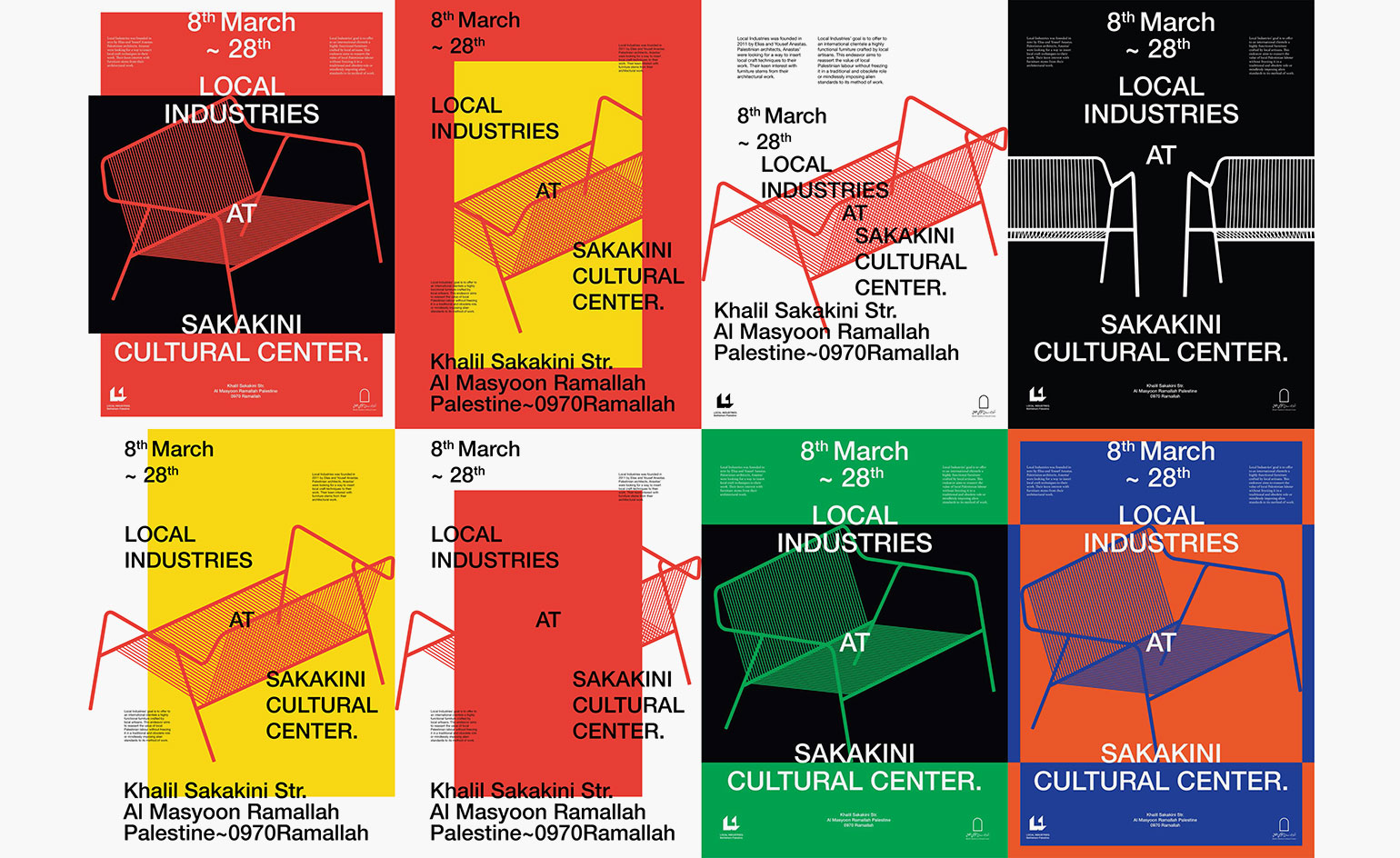
Poster by Local Industries

Dematerializing Language Dazzle Fungus, by Studio Moniker
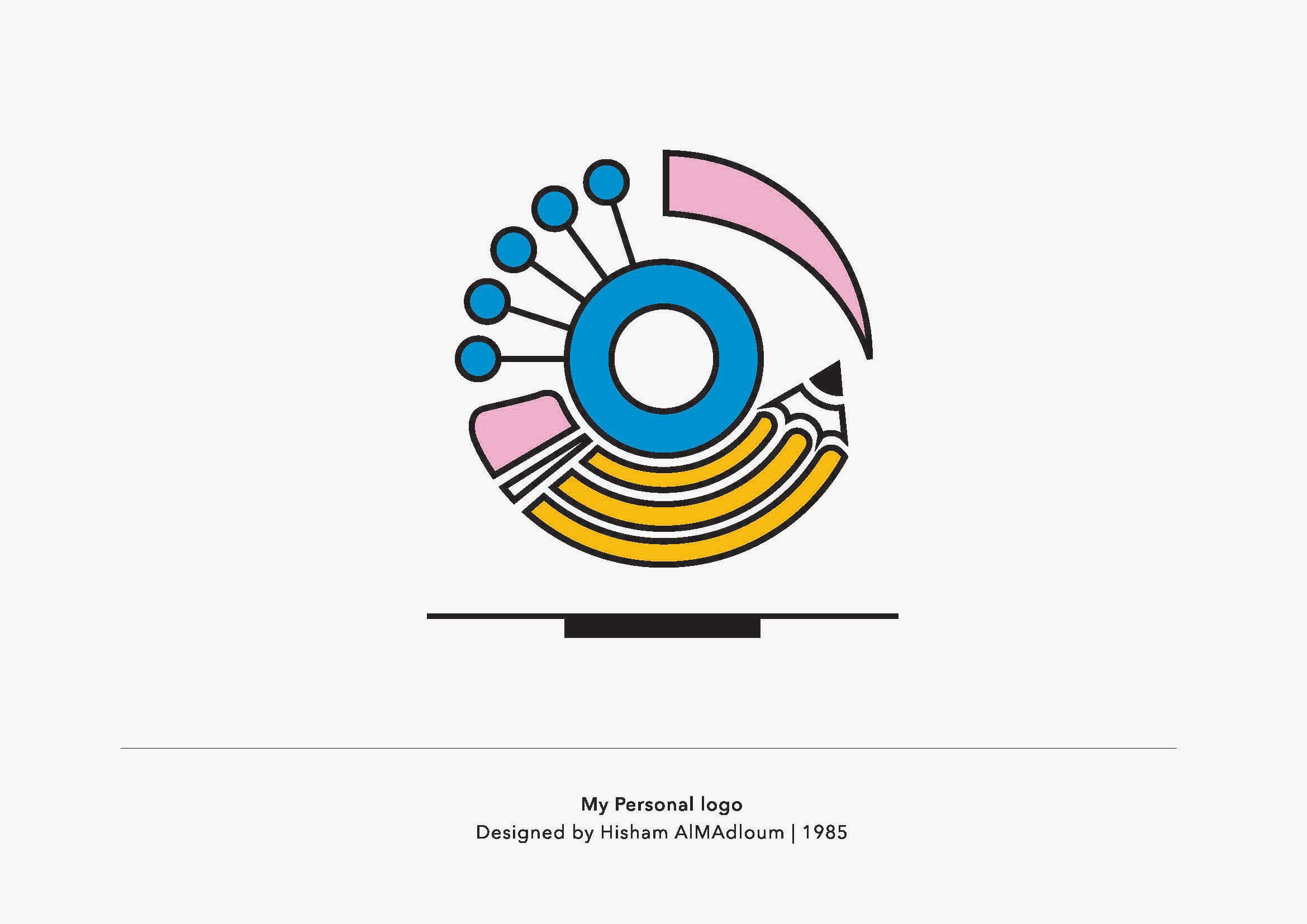
My Personal Logo, 1985, by Hisham Al Madhloum
INFORMATION
Fikra Graphic Design Biennial is open until 30 November. For more information, visit the Fikra website and the FIkra Graphic Design Biennial website
ADDRESS
Bank of Sharjah/eL seed Building
Heart of Sharjah
Sharjah
UAE
Wallpaper* Newsletter
Receive our daily digest of inspiration, escapism and design stories from around the world direct to your inbox.
Rosa Bertoli was born in Udine, Italy, and now lives in London. Since 2014, she has been the Design Editor of Wallpaper*, where she oversees design content for the print and online editions, as well as special editorial projects. Through her role at Wallpaper*, she has written extensively about all areas of design. Rosa has been speaker and moderator for various design talks and conferences including London Craft Week, Maison & Objet, The Italian Cultural Institute (London), Clippings, Zaha Hadid Design, Kartell and Frieze Art Fair. Rosa has been on judging panels for the Chart Architecture Award, the Dutch Design Awards and the DesignGuild Marks. She has written for numerous English and Italian language publications, and worked as a content and communication consultant for fashion and design brands.
-
 This new Vondom outdoor furniture is a breath of fresh air
This new Vondom outdoor furniture is a breath of fresh airDesigned by architect Jean-Marie Massaud, the ‘Pasadena’ collection takes elegance and comfort outdoors
By Simon Mills
-
 Eight designers to know from Rossana Orlandi Gallery’s Milan Design Week 2025 exhibition
Eight designers to know from Rossana Orlandi Gallery’s Milan Design Week 2025 exhibitionWallpaper’s highlights from the mega-exhibition at Rossana Orlandi Gallery include some of the most compelling names in design today
By Anna Solomon
-
 Nikos Koulis brings a cool wearability to high jewellery
Nikos Koulis brings a cool wearability to high jewelleryNikos Koulis experiments with unusual diamond cuts and modern materials in a new collection, ‘Wish’
By Hannah Silver
-
 Graphic tributes celebrate the Design Museum’s 30th anniversary
Graphic tributes celebrate the Design Museum’s 30th anniversaryPaul Smith, Nathalie du Pasquier, John Pawson and more have riffed on the number 30 in punchy new logos
By Jessica Mairs
-
 Amorepacific HQ signage by Sascha Lobe wins Wallpaper* Design Award
Amorepacific HQ signage by Sascha Lobe wins Wallpaper* Design AwardBy Jonathan Bell
-
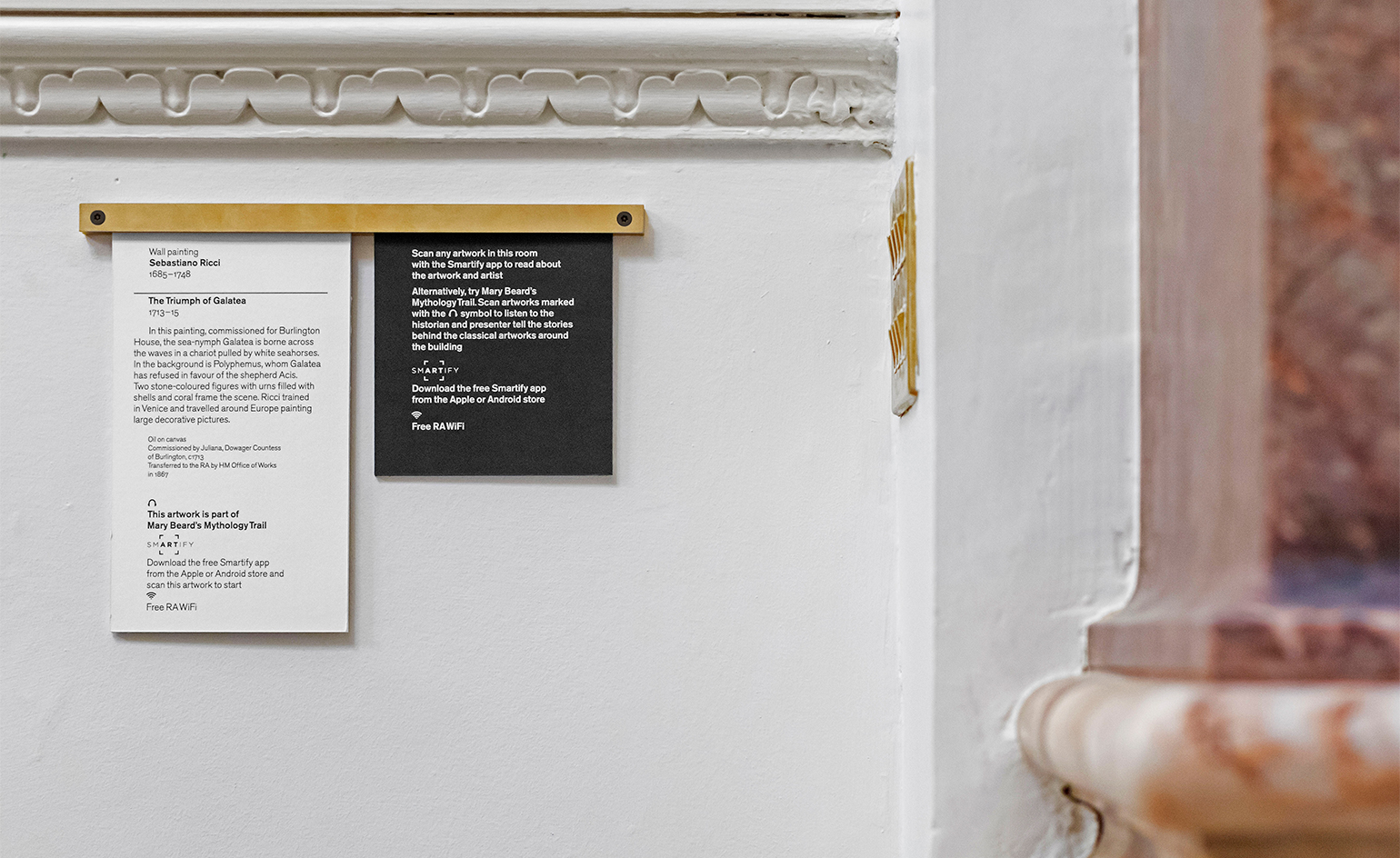 Graphic design studio LucienneRoberts+ reimagines the display system at the Royal Academy
Graphic design studio LucienneRoberts+ reimagines the display system at the Royal AcademyBy Charlotte Jansen
-
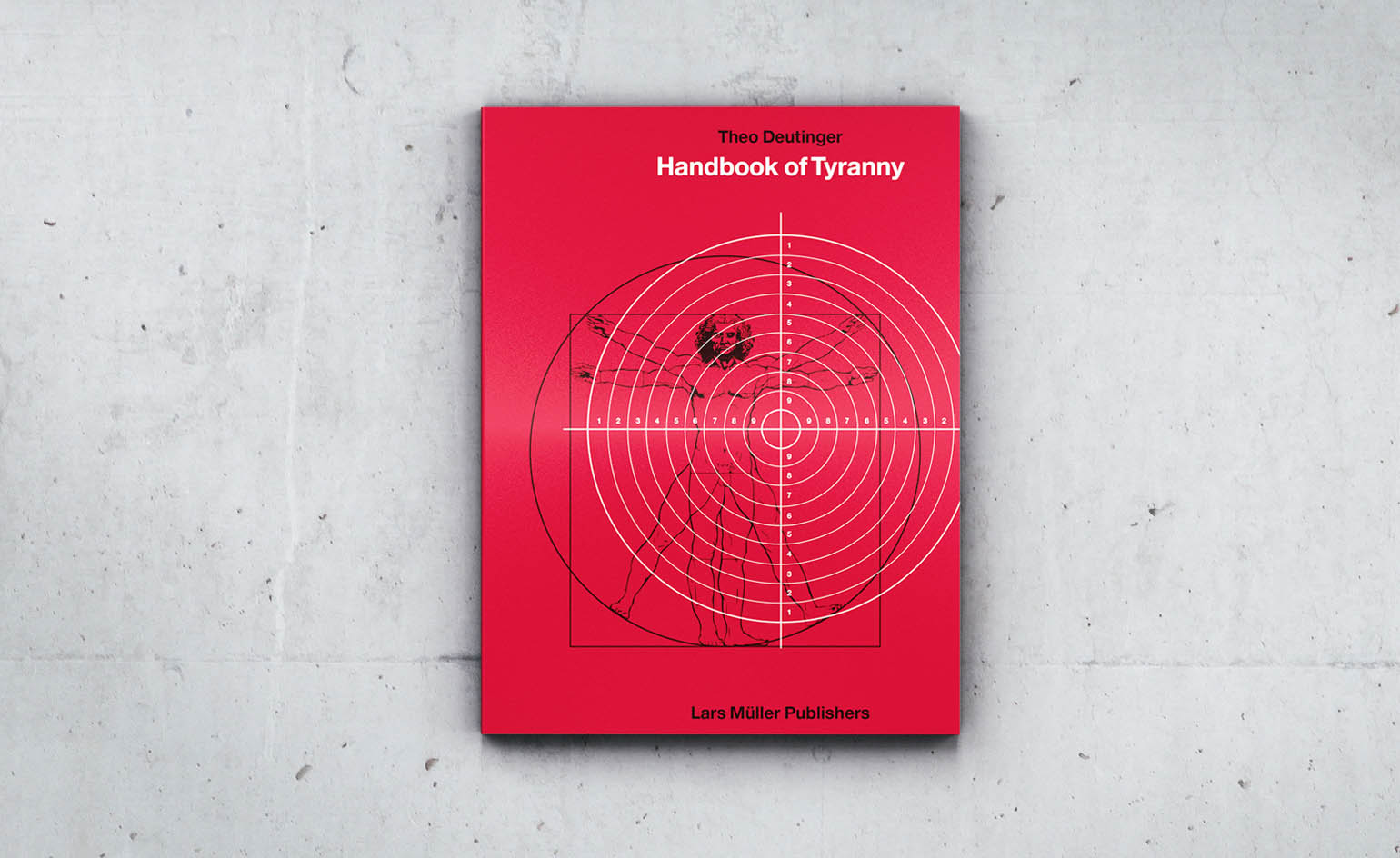 The infographics of tyranny exposed in a new handbook
The infographics of tyranny exposed in a new handbookBy Jonathan Bell
-
 Doctor’s orders: graphic design is good for you, reflects a new London show
Doctor’s orders: graphic design is good for you, reflects a new London showBy Jonathan Bell
-
 Musical notes: an exhibition of rhythmic lettering design at Aldeburgh's Snape Maltings
Musical notes: an exhibition of rhythmic lettering design at Aldeburgh's Snape MaltingsBy Elly Parsons
-
 The letterpress life: Alan Kitching’s epic creative past revealed in a new tome
The letterpress life: Alan Kitching’s epic creative past revealed in a new tomeBy Sujata Burman
-
 The drawn word: SFMoMA tracks the modern evolution of typography
The drawn word: SFMoMA tracks the modern evolution of typographyBy Ann Binlot